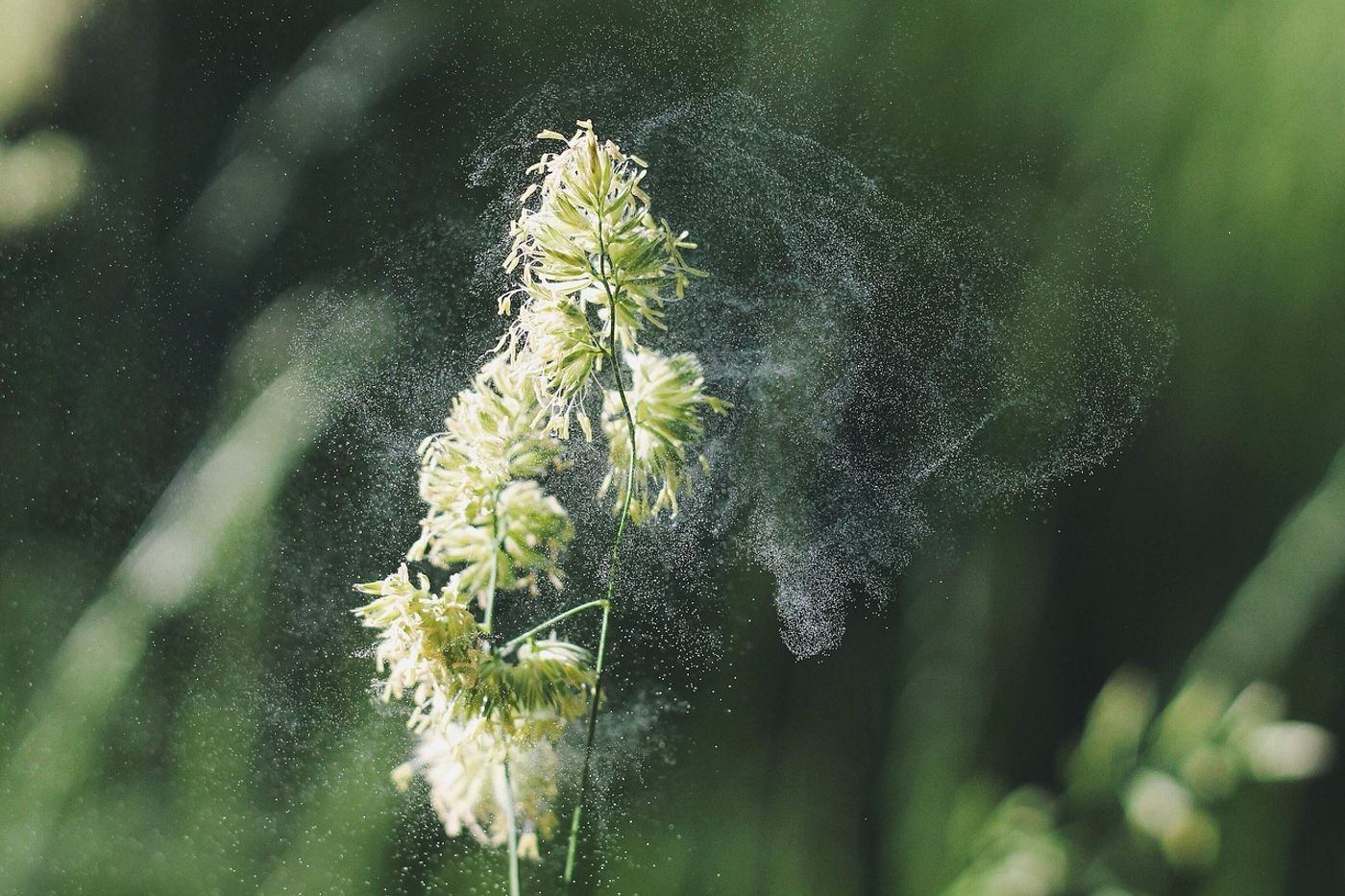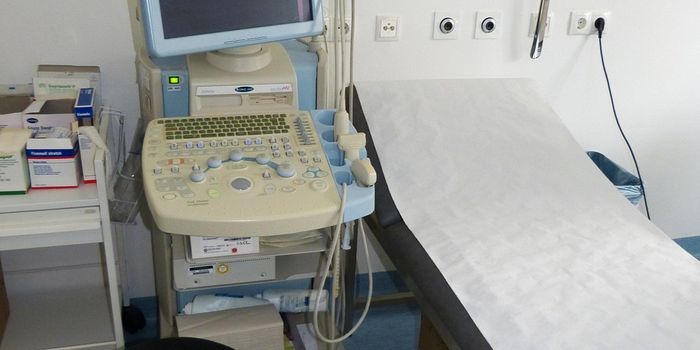Intrauterine Protection from Allergy Season
A recent study performed by La Trobe University provides insight into the effect of allergy season on pregnancy and shortly after birth. The research objective was to determine the role of increased grass pollen levels during peak seasons on levels of IgE, an immunoglobulin or immune protein, involved in allergic reactions and development. The findings, while not a cure for allergies, suggest some means of protection.
Allergies are characterized by the CDC “an overreaction of the immune system to substances that generally do not affect other individuals.” Allergens, the substances that cause allergic reactions, can appear in the form of pollen, animal dander and as specific proteins provided in our diets as well as many other sources. Allergic reactions can induce irritation, sneezing, coughing, itching or even more severely, a life-threatening reaction, anaphylactic shock.
Allergies do not discriminate on the difference of age. Anyone at any time can develop an allergy. The La Trobe University study focuses on the risk associated with the fetus during pregnancy and the newborn just after pregnancy.
The role of allergen concentrations in the environment mothers get exposed to during pregnancy has been yet unexplored. Researches took a close look at the blood of the umbilical cord from groups of babies in Australia, Denmark and Germany, searching for differences in the levels of IgE. It was found that those with birthdays during the grass pollen seasons are associated with increased concentrations of the immunoglobulins.
It was observed that across all study groups, cord blood contained higher amounts of IgE. Interestingly, however, with the grass pollen seasons in peak, the high pollen counts seemed to provide a protective factor.
Associate Professor Erabs commented that these pregnancies might contribute to a sensitization barrier, "We found these babies had lower IgE levels. This was a significant finding and indicates the possible development of a sensitization barrier. However, more research needs to be done, and currently, we are working on studies to identify the specific risk time periods of pollen exposure during pregnancy on asthma and allergies in children."
Erabs notes that this protection is not observed over the entire study population, but suggests instead that their work is helping to tell a part of the full allergy story. “It’s important to remember there are a number of factors that can determine who gets asthma or allergies,” remarked Erab.
Allergies in the United States are among the top 10 causes of chronic illness. The cost associated with allergies is estimated to be about $18 billion. The researchers view this work instrumental in the understanding of the mechanisms of initial environmental exposures in utero and after birth.
Sources: Science Direct, MedExpress, CDC









